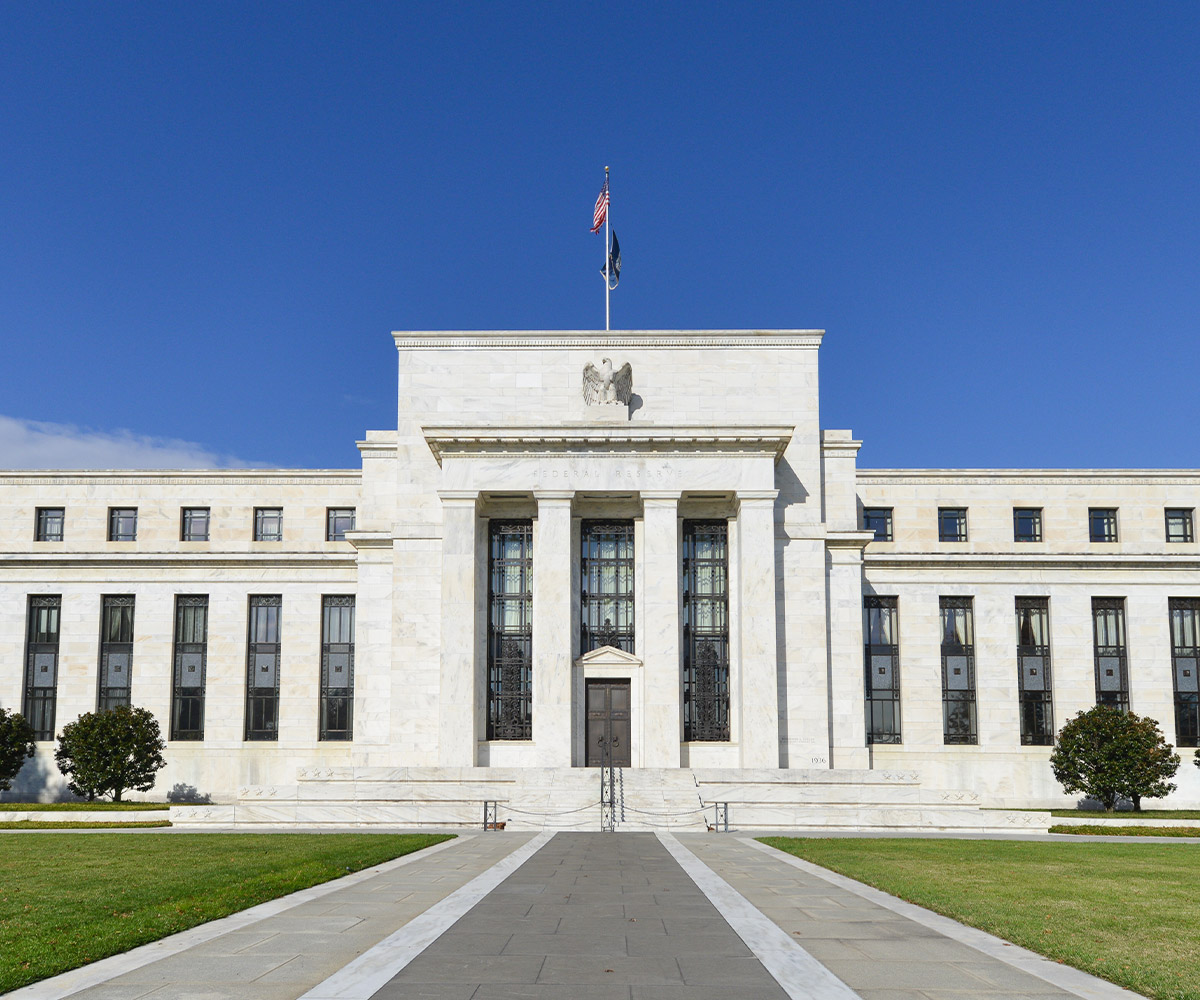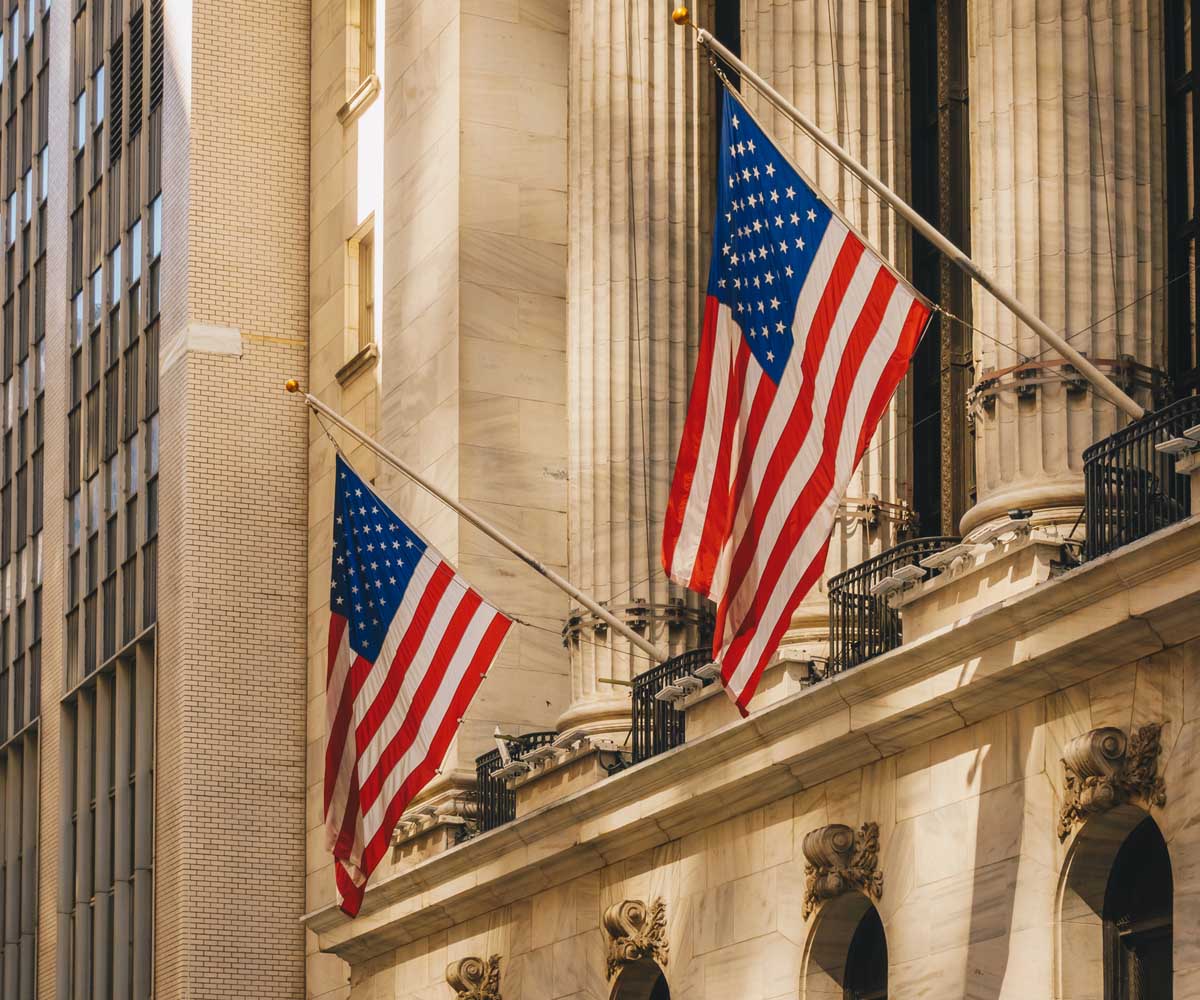SUMMARY
When trying to make sense of the current market turmoil and economic uncertainty, it often helps to look at comparable periods from the past as a guide. We believe this exercise to be crucial when it comes to seeking diversification while minimizing exposure to economically sensitive sectors and regions.






